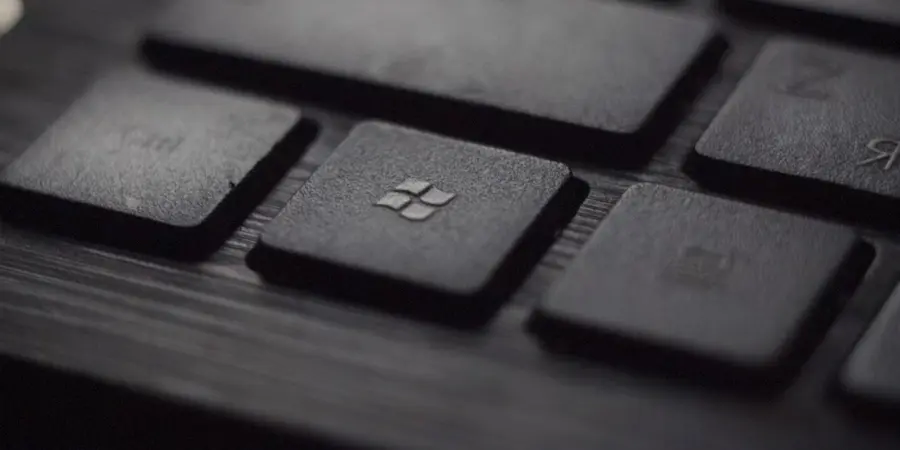Taking a screenshot on Windows doesn’t have to be a final boss. Whether you want to immortalize the entire desktop or only a region or a window, the system offers several shortcuts and tools that work quickly and reliably. Also, you can save your screenshots as an image with one click or copy them to the clipboard to paste them wherever you want, with extra options to edit, highlight or crop without installing anything. Ready to level up and master screenshots like a true pro? Remember that at ActualApp we love helping you and we recently talked about the best Windows File Explorer shortcuts.
Quick shortcuts: from full screenshot to snip
If you’re after pure speed, there are two combinations you should memorize. To capture the entire screen and save it instantly, press Windows + PrtScn (Print Screen). The image is automatically saved to the Pictures → Screenshots folder and, on most machines, you’ll see a brief dimming of the screen as confirmation. If you prefer to copy the capture without saving it yet, press just the Print Screen key; the image stays in the clipboard and you can paste it with Ctrl + V into a document, an email or your favorite editor.
On some laptops or compact keyboards, the Print Screen key shares functions, so you may need to add Fn to the shortcut. If your keyboard doesn’t include that key, you can use the On-Screen Keyboard to locate it or go straight to Windows’ snipping tool, which we cover in the next section.
And where are my images when I save them with Windows + PrtScn? Open File Explorer with Windows + E, go to Pictures and then to Screenshots: you’ll see your captures numbered or with date and time, depending on the Windows version. This method is ideal for “whole” screenshots and for quick sharing, like a turbo copy-paste.
Snipping Tool in Windows 10 and 11: precision and editing
When you need to control which part of the screen you capture, the Snipping Tool is your ally. Open it by pressing the Windows key and typing “snip” to launch Snipping Tool. In Windows 11, tap the Mode menu to choose between four options: Rectangular (draw a rectangle), Window (capture a specific app), Full-screen or Freeform (for irregular outlines). You can even schedule a short delay with the stopwatch icon, useful for capturing dropdown menus.

After making the snip, a preview opens with editing tools: crop the essentials, use the pen or highlighter to annotate, erase marks with the eraser and use the Shapes option if you need circles or arrows. Want more tweaking? Click “Edit in Paint” to open the image in Windows’ Paint app and finish the job. Of course, you can save with the floppy-disk icon or copy the image to the clipboard to paste it where you need it.
Once you get comfortable, you’ll love the Windows + Shift + S shortcut: a compact version of the snipping tool appears at the top of the screen with the four modes ready to fire. You select, release and it’s copied to the clipboard instantly; then paste with Ctrl + V into any compatible app. In Windows 10, Microsoft stopped pushing Snip & Sketch and recommends Snipping Tool as the main solution, so there’s no confusion: it’s the official Swiss Army knife for screenshots.
Xbox Game Bar and other useful tricks
If you’re more into gaming or want to capture an app without fuss, the Xbox Game Bar comes built-in and opens with Windows + G. Enable the “Capture” widget, pin it with the pin icon so it doesn’t disappear and take screenshots of the active window. Everything is saved and accessible from the widget’s gallery, and you also have the option to record screen video if needed. It’s like having a HUD for your screenshots, pure gaming style.
On Surface devices running Windows, you can also take a full capture by pressing the physical Windows button + Volume Down; the screen flashes slightly and the image is saved to Pictures → Screenshots. And if you need to document a sequence of actions with multiple images in a row, the Steps Recorder (psr.exe) captures up to 100 screens with markers showing where you clicked—ideal for support or tutorials; in Windows 11 it’s being phased out, but it’s still useful if available.
Some final tips for a workflow worthy of a professional:
- If you use Microsoft OneNote, on some devices Windows + S invokes a rectangular snip that pastes directly into your notes.
- PNG or JPEG formats balance quality and size; avoid BMP if you don’t want huge files.
- Most screenshots don’t show the cursor; if you need to point something out, use the annotation tools or add an arrow later in Paint.
- DRM-protected content usually appears black in screenshots, so it’s not your fault: it’s a deliberate restriction.
With these methods, you’ll go from “how do I take a screenshot?” to mastering shortcuts, snips and editing in minutes. In fact, once you automate the Windows + Shift + S gesture you’ll feel as quick as typing Ctrl + C/Ctrl + V, and if you combine Snipping Tool with the Game Bar you’ll have an arsenal ready for anything—from a step-by-step tutorial to sharing that bug that appears at NVMe SSD speed. Which method will you make your favorite?


